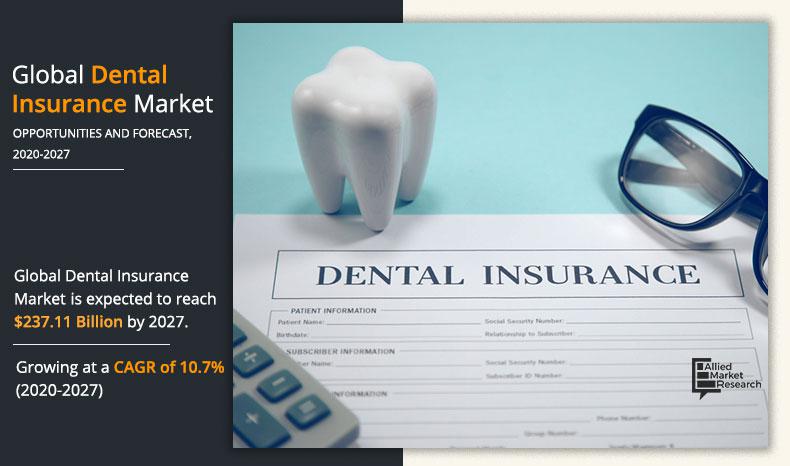Ato Kasymov, Co-Founder & CEO at Zentist.
Outside the industry and across the general public, it is a common misconception that dental insurance is structured and functions similarly to medical insurance. However, for reasons both historical and bureaucratic, dental insurance exists, and it typically operates apart from its medical sibling. Cohesion between the medical and dental fields seems so logical that the separation is unsurprisingly baffling to many casual observers (or frustrated consumers). The situation’s deep, historical roots set the two fields apart, and they follow different yet parallel roads that are challenging to merge.
Disparity in dental care, and its proximity to overall health, may be traced to the Middle Ages. Elite physicians and surgeons, typically located in urban and academic centers, would’ve had access to texts and the know-how to whiten teeth, fill cavities, make dentures, and even perform oral surgery treating fractures and cancers. And similar to present day, those treatments were limited to those with the means to access them. Those who could not relied on the village barber-surgeon.
Some ponder that this is an early example of the split between medicine and dentistry. In fact, this Salon piece notes—in an oversimplification used to illustrate the split—“In the Middle Ages, barbers often treated dental health issues.” In actuality, the role of the barber-surgeon is more evidence of early knowledge of the link between oral and overall health.
In addition to cutting hair and trimming beards, these individuals underwent extensive training via trade guild to function as a sort of ‘emergency room,’ since the actual practice of surgery was considered beneath physicians. In addition to assisting with childbirth, performing amputations, and treating a variety of maladies and injuries, barber-surgeons also extracted teeth and dealt with oral complaints. The father of modern surgery, Ambroise Paré, worked with early dental implants (and he was not the first).
MORE FROMFORBES ADVISOR
Best Travel Insurance Companies
ByAmy DaniseEditorBest Covid-19 Travel Insurance Plans
ByAmy DaniseEditorFast-forward to the Americas, where barber-surgeons accompanied early settlers and eventually, craftsmen, including Paul Revere, took up the practice. Here we also see early seeds of separation in which the field went from Aristotle’s comparative anatomy, which included teeth, to anatomy classes for medical students in the modern United States that excluded them. Medical schools here simply did not recognize dentistry. The split in the United States was more fully demarcated when the first formal dental school was established in 1840. The field had effectively gone its own way, and would continue to evolve separately while other countries embraced the more holistic and integrated idea of “physician-dentists.”
The American Medical Association (AMA) contends the establishment of medical insurance was yet another wedge between dentistry and medicine. The medical establishment opposed a publicly funded plan, first proposed in the 1930s, to provide a comprehensive suite of services, dentistry included. Medical insurance grew from there as the privately funded, usually employer-provided, system we are familiar with today.
Dental insurance, meanwhile, emerged from the labor movement in the 1940s as a union benefit. The AMA writes a fundamental difference between the two was medical insurance was eventually positioned as a necessity, to protect against large, unexpected costs, while dental insurance is a perk, paying for cheaper, preventative care.
The difference in these types of coverage dramatically affects how dentists and dental practices operate as compared to their medical counterparts. As of 2020, more than half of all physicians are employed by a healthcare organization such as a hospital or physician group. Meanwhile only 10% of dentists practice in a group structure, such as a Dental Service Organization (DSO). This means that the vast majority of dentists still practice in a private, retail setting. As such, dental practice operations are more akin to a small business, similarly assuming the burdens of overhead costs.
Meanwhile, physicians have found that there are clear benefits to pooling their resources in a group setting. This provides affordable access to expensive equipment such as magnetic resonance imaging (MRI) machines. On the administrative side, medical billing and coding within large organizations became their own departments. Professional medical coding specialists help navigate the complexities of administering insurance claims for broader healthcare.
However, dental benefits are separately administered by practice staff who generally do not go through formal training. For dentists, this means substantially increased administrative costs in the form of on-the-job training, outdated paper-based processes, and an underwhelming patient experience. This is where technology comes to the rescue. Looking ahead, we will explore how new applications of artificial intelligence are closing the administrative gap between medicine and dentistry, and how this ultimately impacts patients.
Forbes Technology Council is an invitation-only community for world-class CIOs, CTOs and technology executives. Do I qualify?




